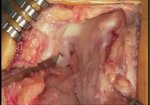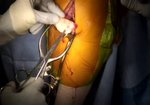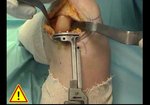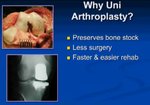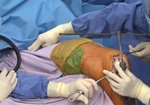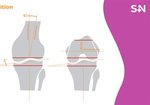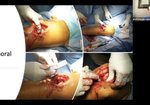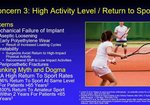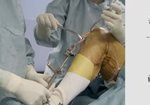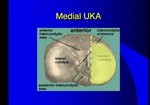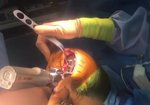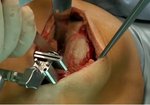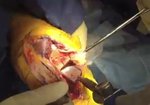Video Player is loading.
Current Time 0:00
/
Duration 0:00
Loaded: 0%
0:00
Stream Type LIVE
Remaining Time -0:00
1x
- 0.5x
- 0.75x
- 1x, selected
- 1.25x
- 1.5x
- 1.75x
- 2x
- Chapters
- descriptions off, selected
- captions settings, opens captions settings dialog
- captions off, selected
This is a modal window.
Beginning of dialog window. Escape will cancel and close the window.
End of dialog window.
10 seconds
Playback speed
This is a modal window. This modal can be closed by pressing the Escape key or activating the close button.
Extensive Surgical Technique and Rationale for Medial Unicompartmental Knee Arthroplasty
1,013 views
May 1, 2021
UKA restores native tibial and femoral joint surfaces and corrects pre-disease limb alignment, by which ...
read more ↘ natural knee biomechanics are restored, ensuring effective functional recovery.
The key steps of the procedure (as well as multiple tips and tricks) demonstrated in this video are:
(1) preoperative assessment and planning
(2) patient positioning and setup
(3) exposure
(4) instrument options and surgical technique
(5) distal femoral resection
(6) proximal tibial resection
(7) assessment of alignment and gaps
(8) finishing the femur-sizing, position, and posterior resection
(9) finishing the tibia-sizing and position
(10) trialing the implant
(11) implanting final components-cementing technique
(12) closure
(13) rehabilitation
Following these surgical steps and principles will lead to excellent functional long-term results with a low revision rate and a minimum of complications.
↖ read less
read more ↘ natural knee biomechanics are restored, ensuring effective functional recovery.
The key steps of the procedure (as well as multiple tips and tricks) demonstrated in this video are:
(1) preoperative assessment and planning
(2) patient positioning and setup
(3) exposure
(4) instrument options and surgical technique
(5) distal femoral resection
(6) proximal tibial resection
(7) assessment of alignment and gaps
(8) finishing the femur-sizing, position, and posterior resection
(9) finishing the tibia-sizing and position
(10) trialing the implant
(11) implanting final components-cementing technique
(12) closure
(13) rehabilitation
Following these surgical steps and principles will lead to excellent functional long-term results with a low revision rate and a minimum of complications.
↖ read less
Comments 0
Login to view comments.
Click here to Login

